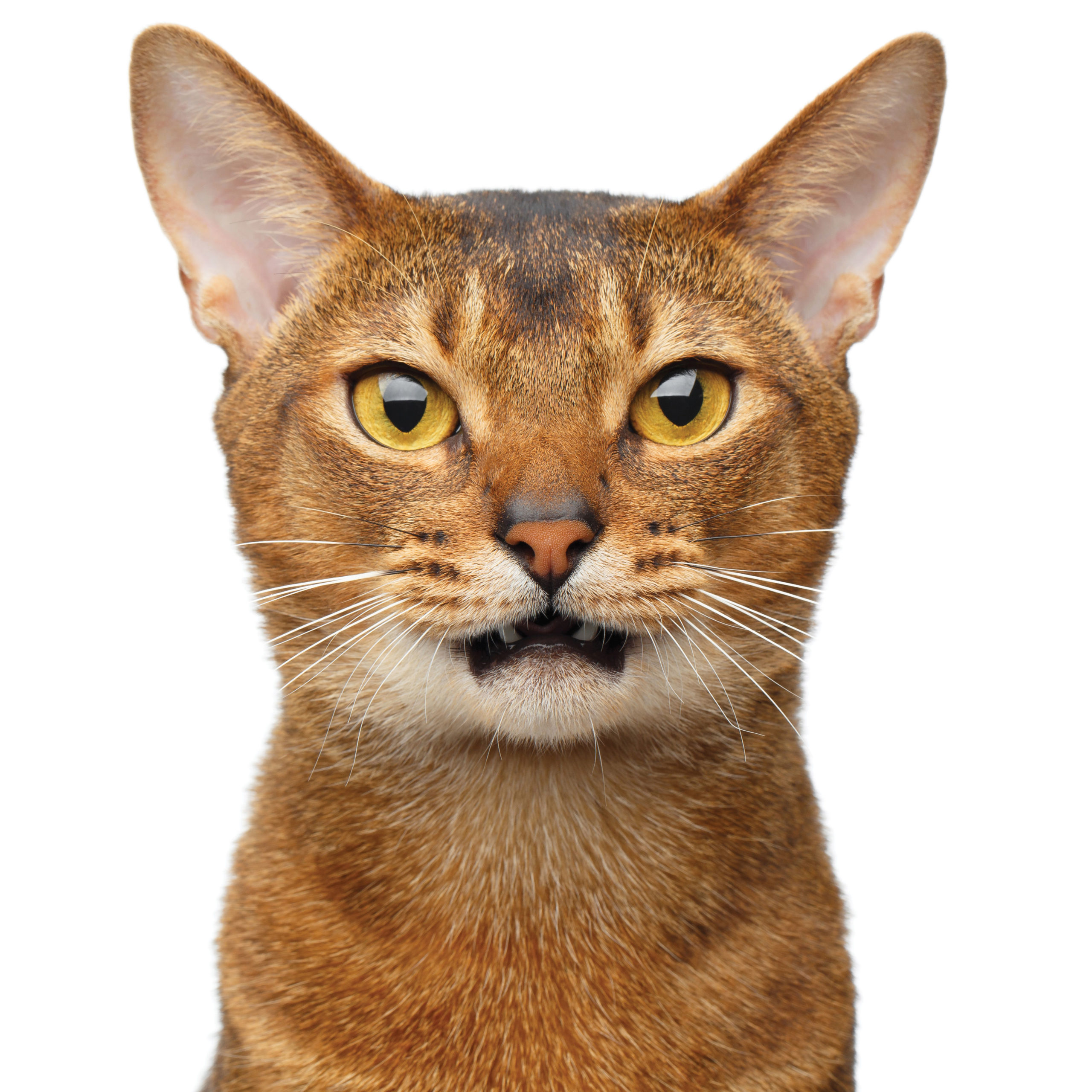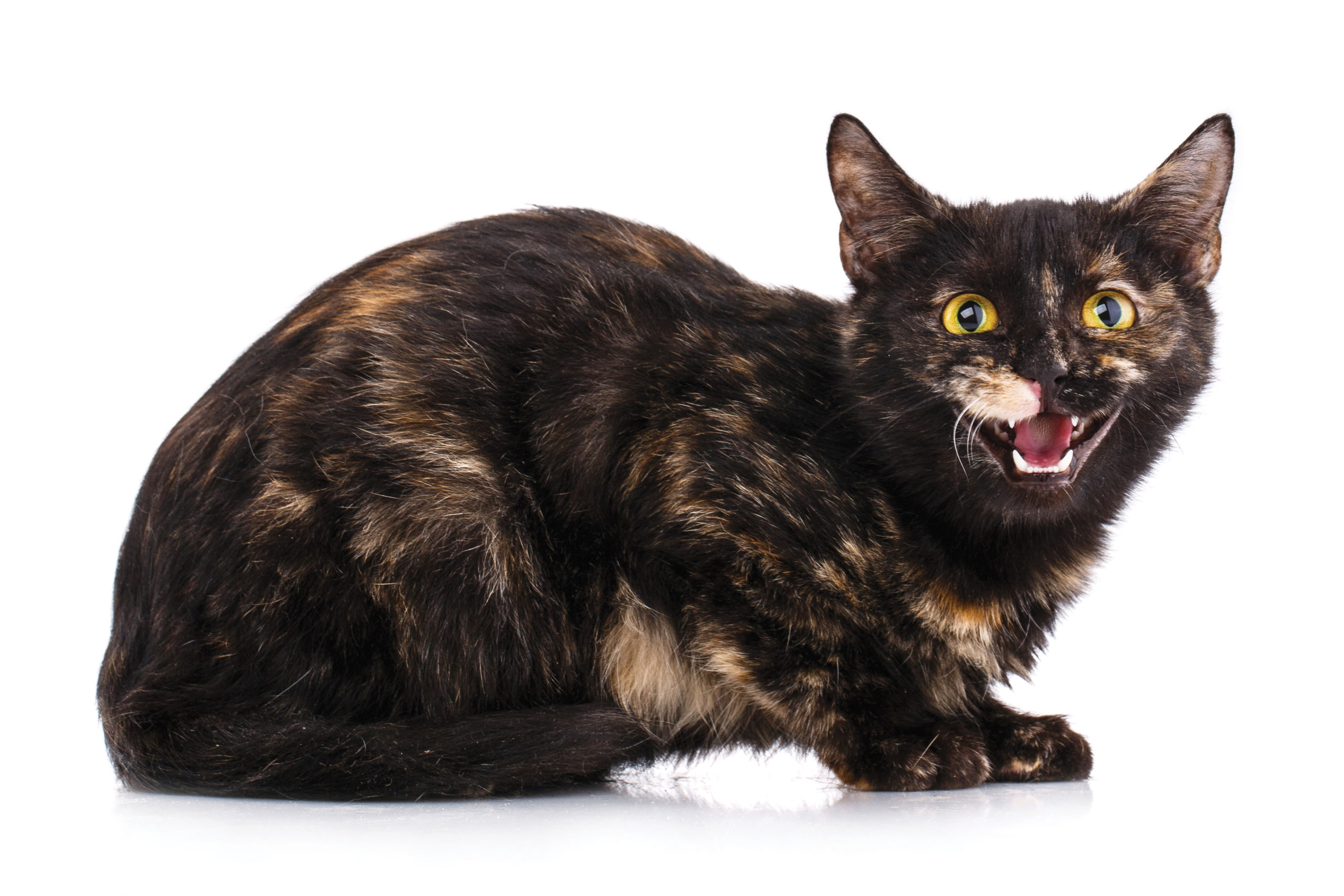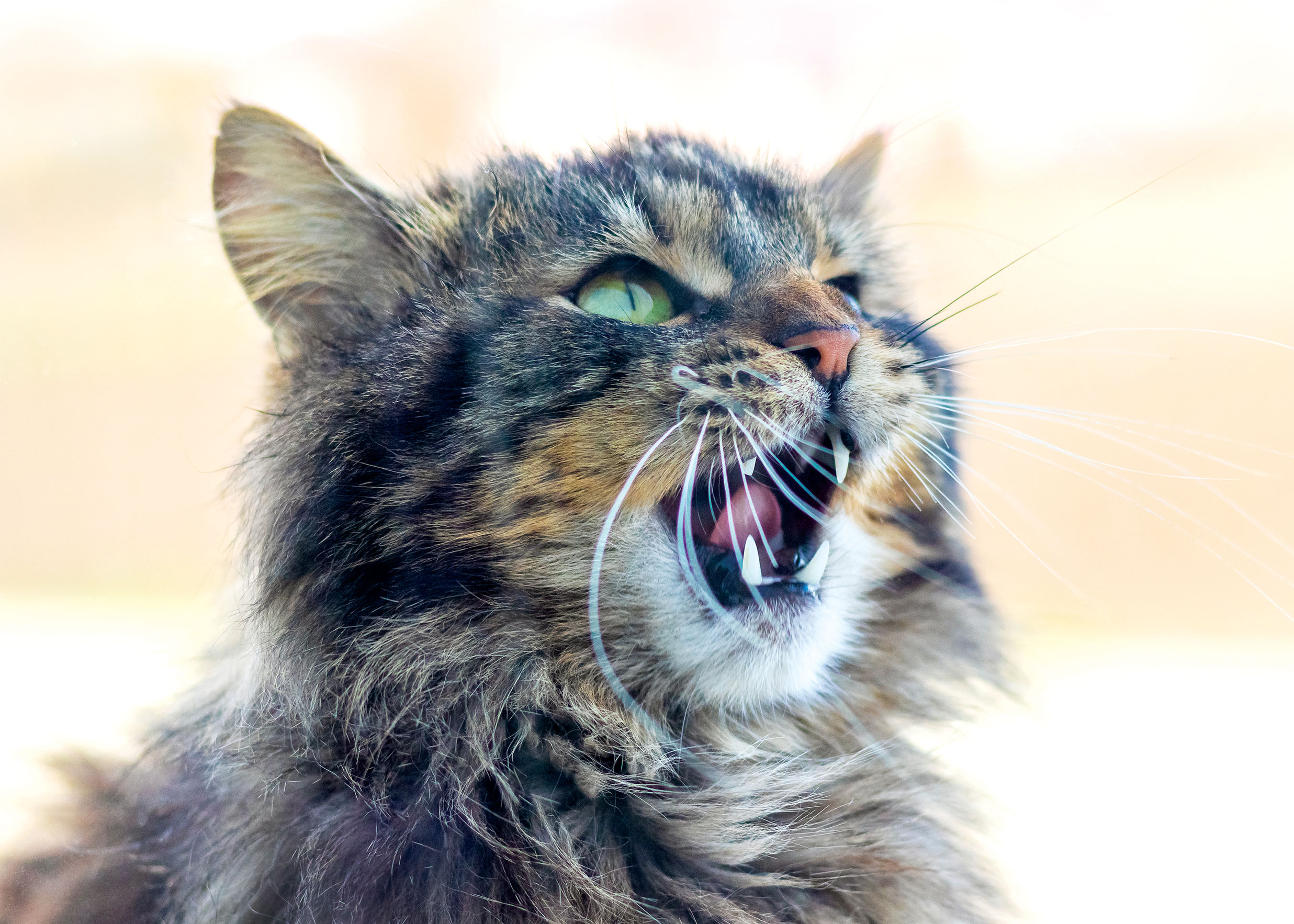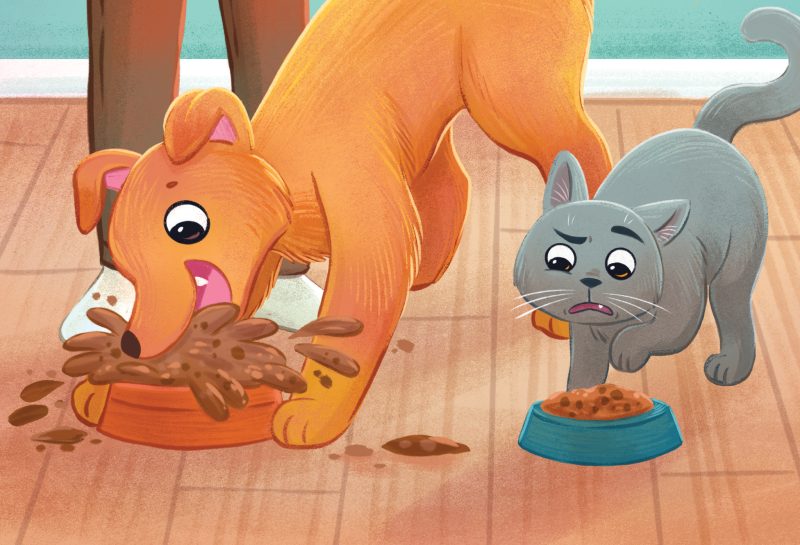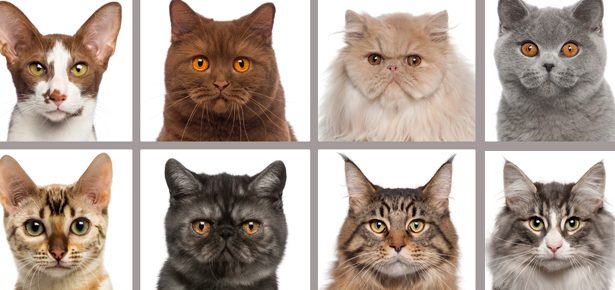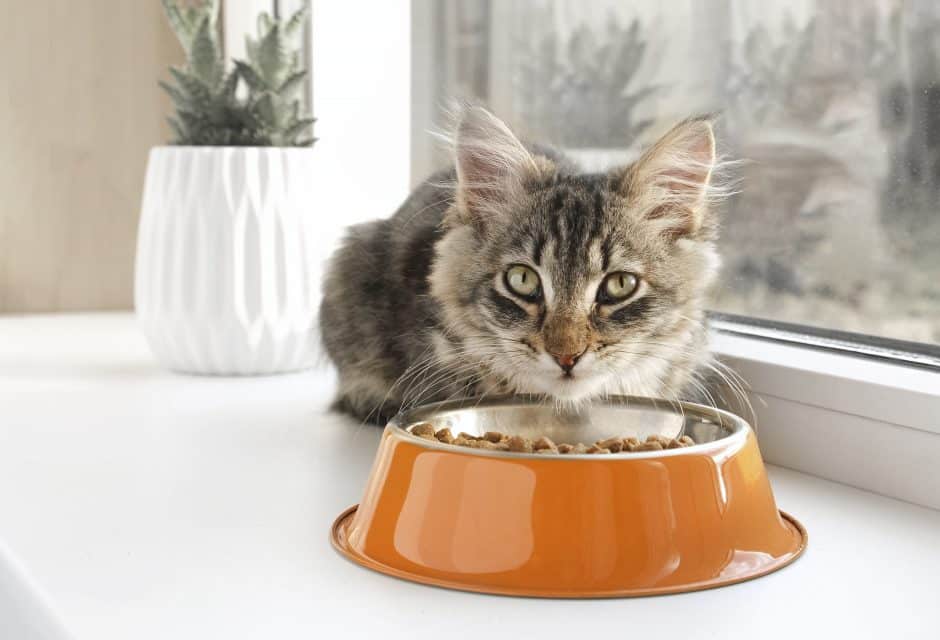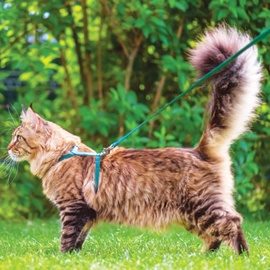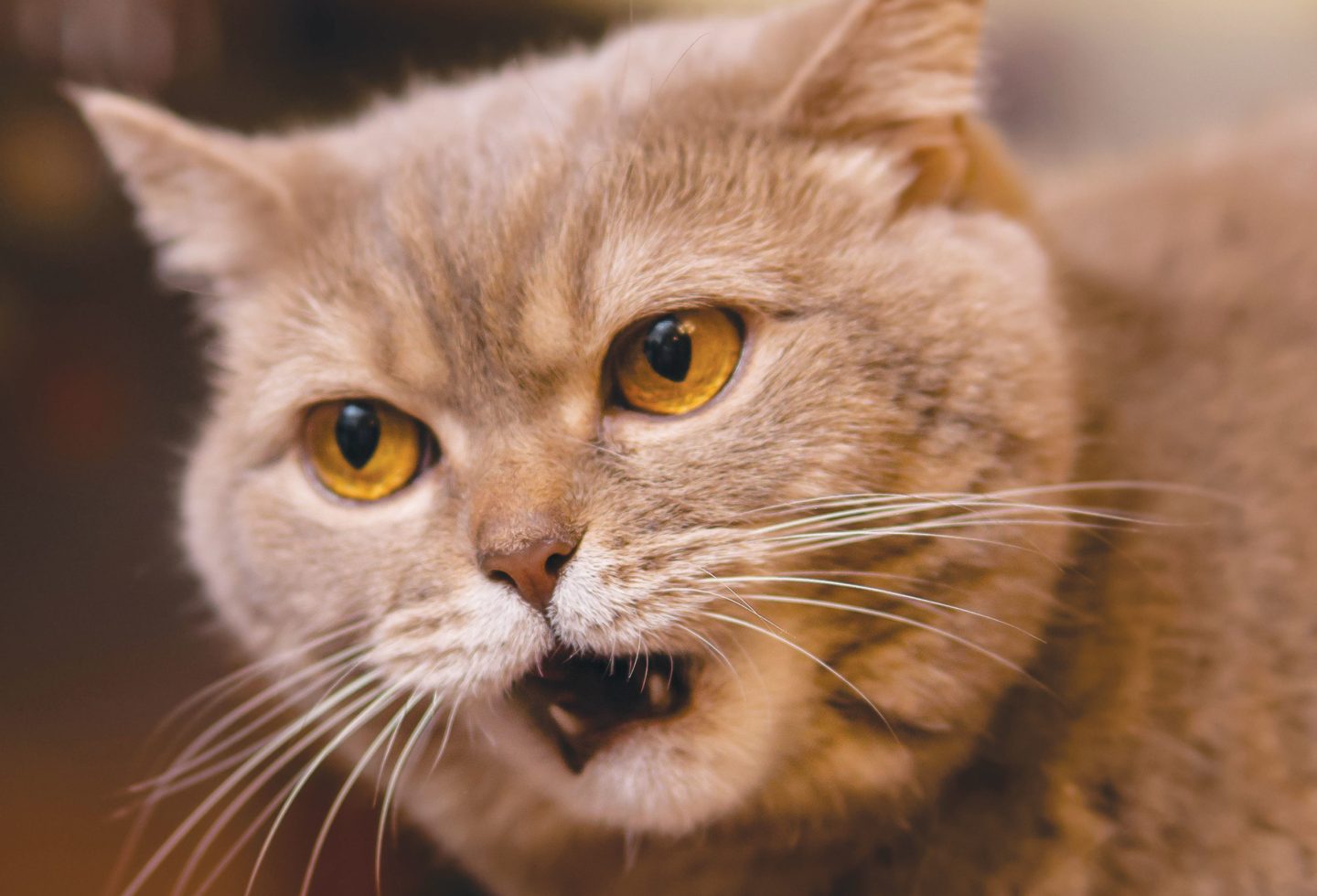
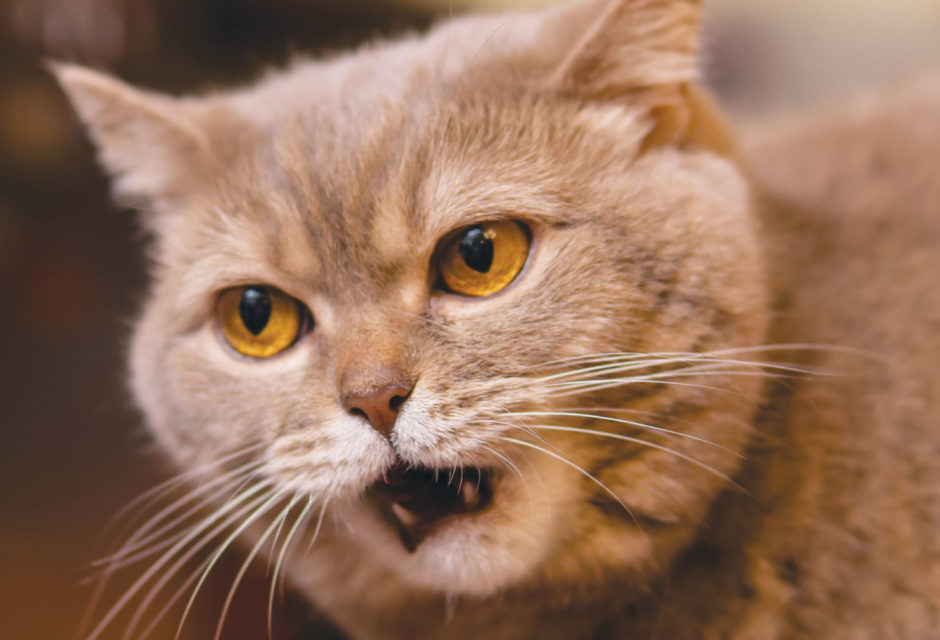
Cat Sounds Explained
Cat vocalization types and what they mean
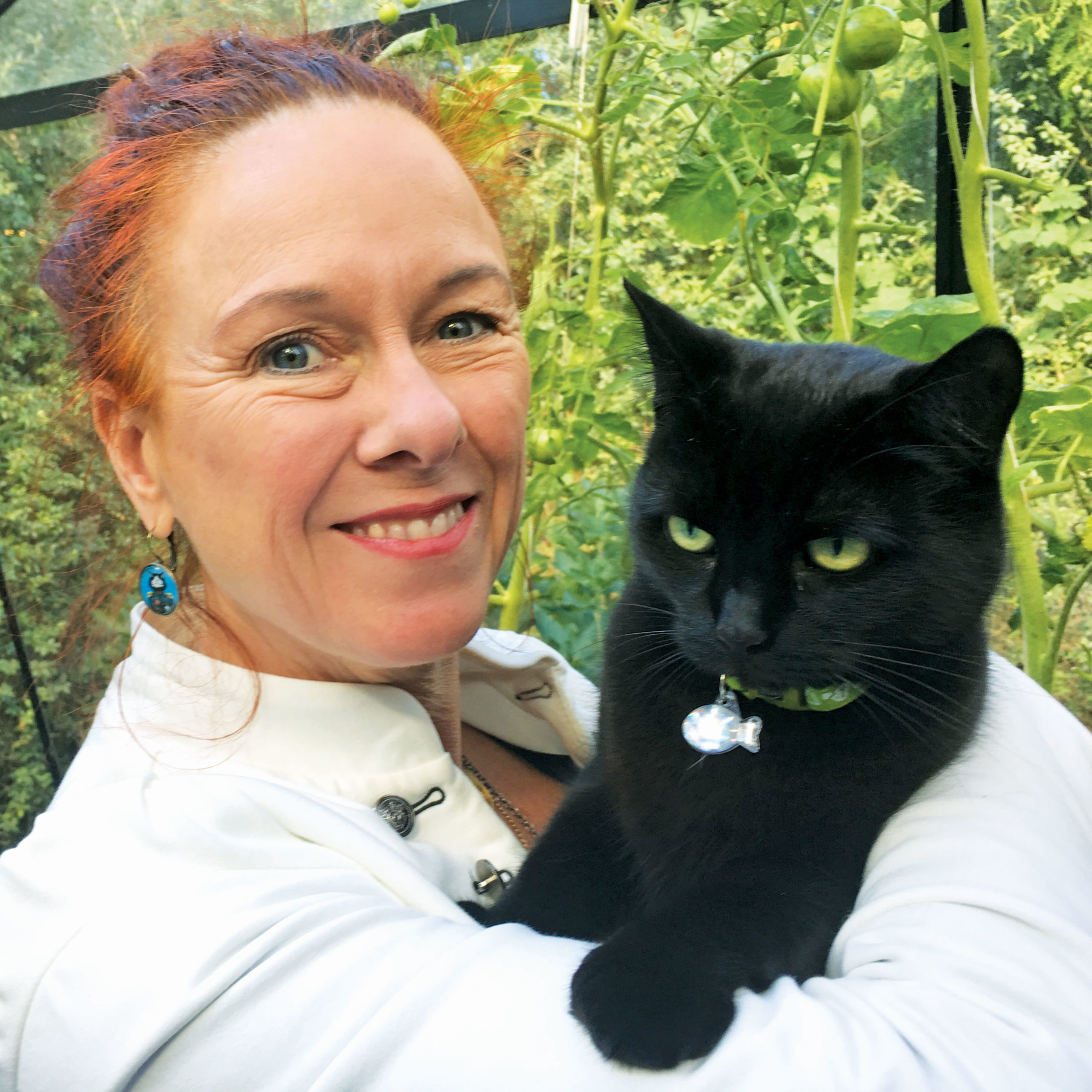 Have you ever wondered what your cat is trying to say to you? Cat vocalizations have meaning and carry important messages for those able to discern them—Swedish phonetics expert and cat researcher Dr. Susanne Schötz has done the research to prove it.
Have you ever wondered what your cat is trying to say to you? Cat vocalizations have meaning and carry important messages for those able to discern them—Swedish phonetics expert and cat researcher Dr. Susanne Schötz has done the research to prove it.
Dr. Schötz is an associate professor at the Swedish University of Lund, where she teaches courses on human phonetics. She’s also a cat lover. Naturally, she grew interested in deciphering cat-speak—or meow-sic, as she calls it—employing methods typically used in analyzing human dialects to figure out what cats are communicating. With the help of colleagues and a research grant, she delved into cat phonetics in order to understand these complex vocalizations, with the end goal of improving human-cat relationships. Lucky for us, the academic findings are unpacked for the general cat-loving population in her illuminating book, The Secret Language of Cats, in which she introduces the reader to cat phonetics and the full range of feline vocalizations, explaining what they can mean in different situations.
Here, Dr. Schötz provides an intro to cat sounds and their meaning, categorizing the many different cat sounds into distinct types.
Audio Clips of Different Types of Cat Sounds & What They Mean
Cat Sounds Produced with the Mouth Closed
1. Cat purr(ing): low-pitched regular sound produced during alternating (pulmonic) egressive and ingressive airstream when the cat is content, hungry, stressed, in pain, gives birth or is dying; probably signals “I do not pose a threat.”
2. Cat trill, chirr, chirrup, grunt, murmur: a short and often soft meow rolled on the tongue, i.e. a voiced trill or purr (sometimes a bit harsh) used during friendly approach and greeting, and during play. Grunts (murmurs) are usually more low-pitched, while trills or chirr(ups) are more high-pitched. Sometimes cats combine a grunt or trill with a meow sound, thus producing more complex vocalization types.
Cat Sounds Produced with an Opening-Closing Mouth
1. Meow (miaow): Meows can be assertive, plaintive, friendly, bold, welcoming, attention soliciting, demanding, or complaining, sad, or even be silent.
a. mew: a high-pitched meow with , [ı] or [e] quality; kittens may use it to solicit attention from their mother, and adult cats may use it when they are sad or in distress or when they signal submissiveness.
b. squeak: raspy nasal high-pitched mew-like call.
c. moan: with [o] or [u] vowel, often when sad or demanding.
d. meow (or miaow): combination of vowels resulting in the characteristic [iau] sequence, often used in cat-human communication to solicit food or to pass an obstacle (e.g. a closed door or window). Adult cats mainly meow to humans, and seldom to other cats, so adult meow could be a post-domestication extension of mewing by kittens.
2. Cat trill-meow: a combination of a trill (chirrup, chirr, murmur) and a meow.
3. Cat howl, yowl, moan or anger wail: long and often repeated vocalic warning signals usually produced by gradually opening the mouth wider and closing it again. During a threatening situation, they are often merged or combined with growls in long sequences with slowly varying tone (melody) and intensity.
4. Cat mating call (mating cry): long sequences of meow-like sounds, sometimes similar to howling and/or the cries of human infants, usually in spring during the mating season.
Cat Sounds Produced with an Open Tense Mouth
These sounds are often associated with either offensive or defensive aggression (i.e. agonistic vocalizations), but also with prey-directed vocalizations.
1. Cat growl: a guttural, harsh, regularly, and rapidly pulse-modulated, low-pitched sound of usually long duration produced during a slow steady exhalation, [grrr..] with a vocalic [rrr…] or rhotic [ʌ], occasionally beginning with an [m]. Used to signal danger or to warn or scare off an opponent, often intertwined with howls/moans/yowls and hisses.
2. Cat hiss and spit: involuntary reactions when a cat is surprised by an (apparent) enemy. The cat changes position with a startle and breath is being forced rapidly through the slightly open mouth before stopping suddenly; [fːt], [ɧː] or [çː], hissing and spitting are agonistic (aggressive and defensive) sounds produced with the mouth wide open and the teeth exposed. They sound a bit like long exhalations. The spit sounds similar to a hiss, but sometimes can begin with a t-like sound; [tʃ].
3. Cat snarl, cry or pain shriek: loud, harsh, and high-pitched vocalizations produced during active fighting, often with [a] or [æ] vowel qualities.
4. Cat chirp and chatter (prey-directed sounds): a hunting instinct where cats copy the calls of their prey, for example, when a bird or insect catches their attention (by making a sound) and the cat becomes riveted to the prey, and starts to chirp, tweet, and chatter.
a. Cat chatter (teeth chattering): unvoiced very quick stuttering or clicking sequences of sounds with the jaws juddering, [k̟= k̟= k̟= k̟= k̟= k̟=].
b. Cat chirp: voiced short calls said to be mimicking a bird or rodent chirp, sound similar to a high-pitched phone ring, tone often rises near the end, [ʔə] or reiterated [ʔɛʔɛʔɛ…].
c. Cat tweet: soft weak chirps, often without any clear initial [ʔ] and with varying vowel qualities, e.g. [wi] or [ɦɛu].
d. Cat tweedle: prolonged chirps or tweets, often with some voice modulation, like tremor or quaver, e.g. [ʔəɛəɰə].
Listen: To hear more audio clips and watch videos of the cat sounds, go to moderncat.com/catsounds.
Join the newsletter and never miss out on cat content again!
"*" indicates required fields
By clicking the arrow, you agree to our web Terms of Use and Privacy & Cookie Policy. Easy unsubscribe links are provided in every email.





